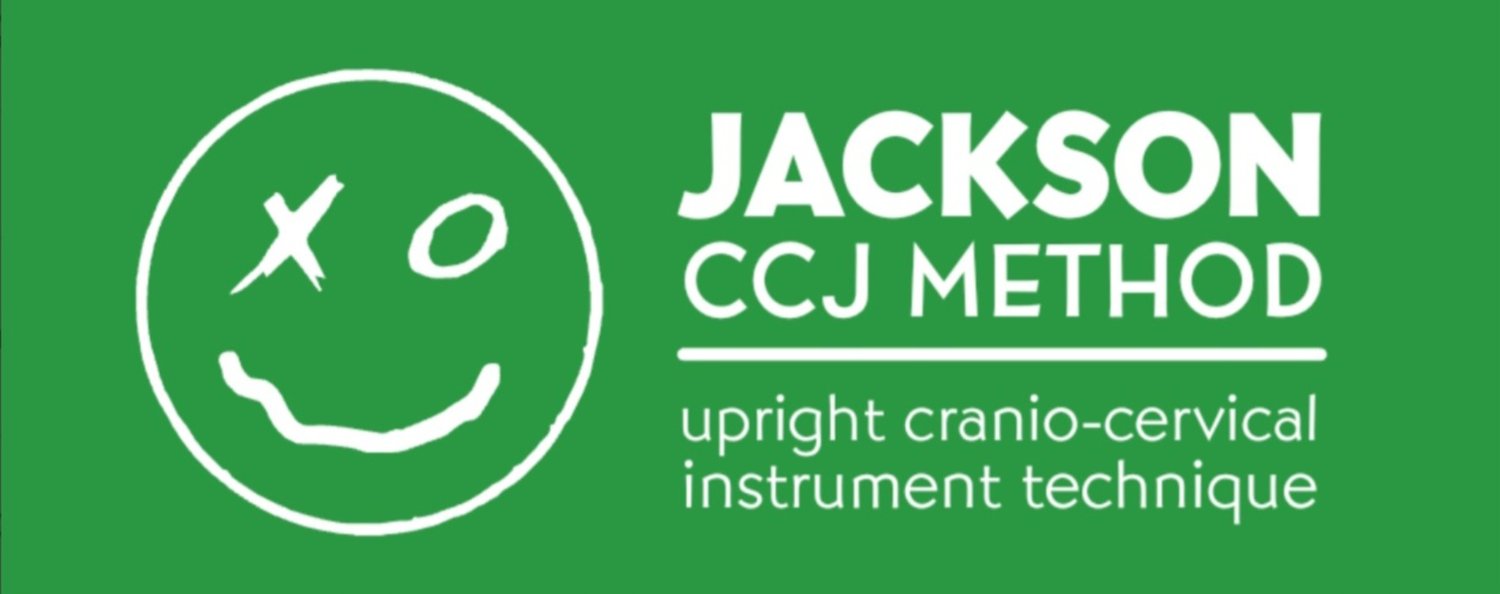Study Guide
for the Certificate of Proficiency Test
1. What does the Atlas Fossa Test (AFT) measure?
2. What is the threshold difference to make an adjustment with the AFT?
3. What does a grip dynamometer measure?
4. What important correlation does a strong and balanced grip strength provide?
5. Who is a good candidate for Rhombergs testing?
6. What is the connection between balance and the cranio-cervical junction?
7. When is a good time to check the pupillary balance?
8. What 2 conditions may pupils be dilated?
9. What is patient reactive range of motion testing?
10. How many different movements are we testing?
11. What biomechanical subluxations are possible when it's tight in cervical extension?
12. What biomechanical subluxations are possible when it's tight in cervical flexion?
13. What biomechanical subluxations are possible when it's tight in cervical lateral flexion?
14. What biomechanical subluxations are possible when it's tight in cervical rotation?
15. What biomechanical subluxations are possible when it's tight in cervical rotation with extension?
16. What are 3 ways to find C1 laterality when the patient is seated?
17. What's the line of drive for C1 laterality?
18. What are the 3 contact points for a right rotational subluxation?
19. What are the 3 contact points for an extension subluxation?
20. What is the contact point for an inferior occiput on the right?
21. Why is considering the kinetic chain important for the cranio-cervical junction?
22. If a patient has more than 1 tight area during the range of motion testing, which direction is a top priority?
23. If a patient doesn't have a positive neuro test but does have a possible range of motion tests, what spinal segments don't get adjusted?
24. Why is patient participation in the assessment process so very important?
25. Why is teaching the patient home range of motion assessment so important?
